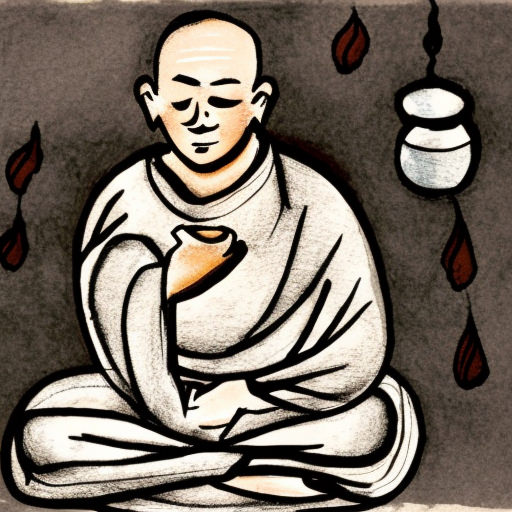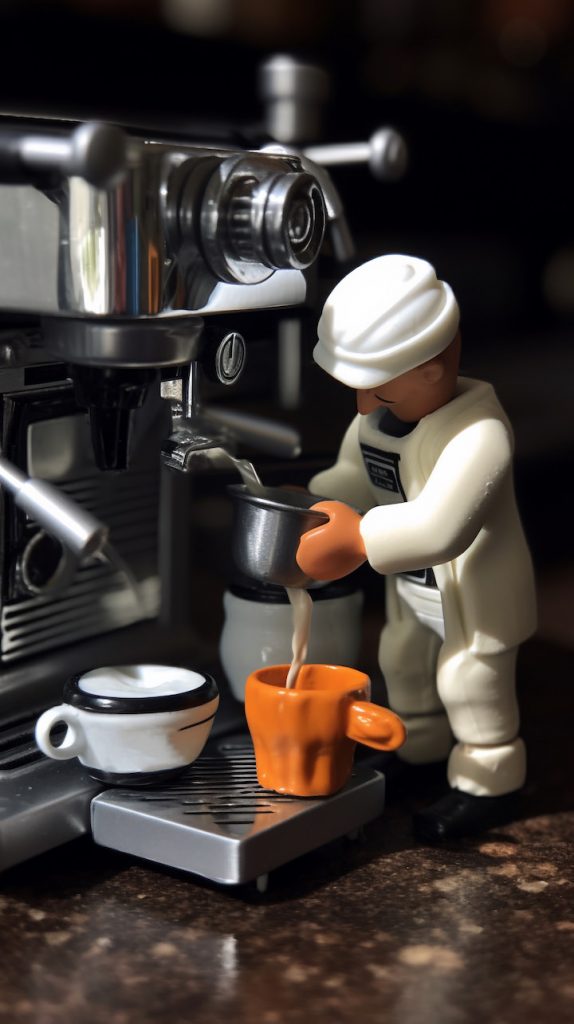For many of us, coffee is a necessary part of our daily routine. It’s the fuel to get us started in the morning or provide us with the boost we need to stay focused throughout the day. However, did you know that coffee beans can be used for more than just your morning cup of coffee? In this blog post, we will explore some surprising ways coffee beans can be used beyond your daily brew.
Exfoliating Scrub: Coffee grounds make an excellent exfoliating ingredient for your skin. The caffeine in coffee has been known to reduce the appearance of cellulite and tighten the skin. Mix used coffee grounds with coconut oil and sugar for an all-natural exfoliant that will leave your skin feeling soft and smooth.
Natural Air Freshener: If you’re looking for a natural way to freshen up your home, coffee beans can help. Place a small bowl of coffee beans in any room you’d like to freshen up. The coffee beans will absorb any unwanted odors and leave your space smelling coffee-fresh.
Meat Tenderizer: Coffee contains natural enzymes that help break down the muscle fibers in meat, making it more tender. Use coffee grounds as a seasoning rub on your meats before cooking or mix them into a marinade for an extra flavor boost.
Gardening: Coffee grounds can be used to fertilize your plants as they contain nitrogen, potassium, and phosphorus. Simply sprinkle used coffee grounds around the base of your plants or mix them into the soil for a nutrient-rich addition to your garden.
DIY Home Décor: Coffee beans can be used in a variety of DIY home décor projects. Glue coffee beans to a picture frame, candle holder, or vase for a rustic and unique touch. You can also use them to create a customized coffee-filled jar for your kitchen or to create a coffee-scented candle.
As you can see, coffee beans are more versatile than we might have thought. From skin care to home décor, there are many surprising ways to use coffee beans beyond the standard cup of coffee. Next time you finish brewing your morning cup, consider saving the used coffee grounds to try out some of these surprising uses. You might just be surprised at how useful they can be!
Please note that if you purchase from clicking on the link, some will result in my getting a tiny bit of that sale to help keep this site going.






